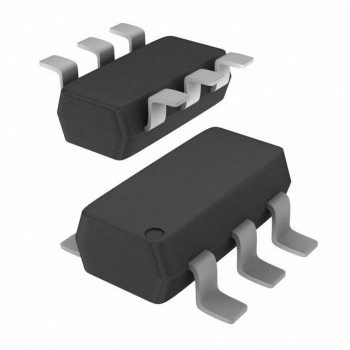In electronic circuit design, in order to protect sensitive components in the circuit from overvoltage damage, TVS (Transient Voltage Suppressor) diodes are often used. TVS diode is a protective component specially used to suppress transient overvoltage. It can quickly conduct when the voltage exceeds its rated operating voltage, leading the overvoltage to the ground or power line, thereby protecting other electronic components in the circuit. device. Among TVS diodes, there are two common types: bidirectional TVS and unidirectional TVS. There are some differences in their use.

First, let us understand the basic principles of two-way TVS and one-way TVS. Unidirectional TVS can only conduct in one direction and are usually used to protect unidirectional circuits, such as DC power lines. Bidirectional TVS can conduct in both directions and is used to protect bidirectional circuits, such as AC power lines.
In practical applications, the difference between two-way TVS and one-way TVS is mainly reflected in the following aspects:
1. Protection direction:
Unidirectional TVS can only conduct in one direction, so it is suitable for protecting unidirectional circuits. For example, when an overvoltage occurs on a DC power line, a unidirectional TVS can quickly turn on and lead the overvoltage to the ground or power line to protect other components in the circuit from damage.
Bidirectional TVS can conduct in both directions and is suitable for protecting bidirectional circuits, such as AC power lines or signal lines. When overvoltage occurs in the positive and negative directions, the bidirectional TVS can quickly conduct, leading the overvoltage to the ground or power line to protect other components in the circuit.
2. Polarity marking:
In actual use, the polarity markings of bidirectional TVS and unidirectional TVS are different. Unidirectional TVS are usually marked with arrows or signs indicating polarity on their packages to ensure proper connection during installation. Bidirectional TVS usually does not have obvious polarity markings because it can conduct in both directions and does not require special polarity installation requirements.
3. Selection considerations:
When selecting bidirectional TVS and unidirectional TVS, it needs to be considered based on the working conditions and protection requirements of the actual circuit. If the circuit is unidirectional, such as a DC power line, then it is more appropriate to choose a unidirectional TVS. And if the circuit is bidirectional, such as AC power lines or signal lines, then bidirectional TVS is more suitable.
In practical applications, both bidirectional TVS and unidirectional TVS are very important protection components. They can effectively protect other components in the circuit from overvoltage damage. When selecting and using, you need to decide which type of TVS to use based on the specific circuit requirements, and pay attention to the correct installation and connection methods to ensure its normal operation.
In short, there are some differences in the use of two-way TVS and one-way TVS, which are mainly reflected in the protection direction, polarity marking and selection considerations. Selecting the appropriate TVS type and using them correctly can effectively protect other components in the circuit and ensure the stable and reliable operation of the circuit.

